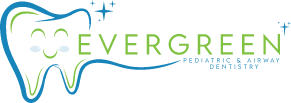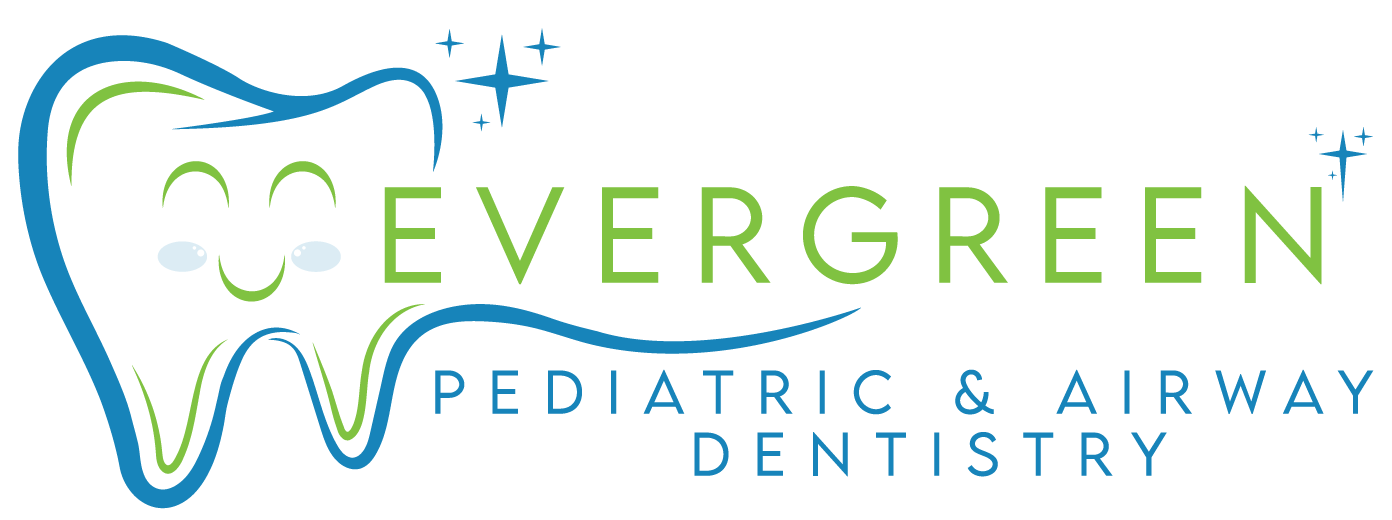Finding Relief: Child Sleep Apnea Solution
Are you a parent struggling with finding solutions for your child’s sleep apnea? As one of the most common sleep disorders among children, it can be both frustrating and concerning to see your little one struggle with breathing during their sleep. Sleep apnea not only disrupts their rest but can also lead to other health issues if left untreated. Fortunately, there are several treatment options available to help improve your child’s quality of sleep and overall well-being. In this blog post, we will explore the causes and symptoms of child sleep apnea solution as well as dive into some effective solutions that can provide much-needed relief for both you and your little one. So let’s get started on our journey towards better restful nights for your child!
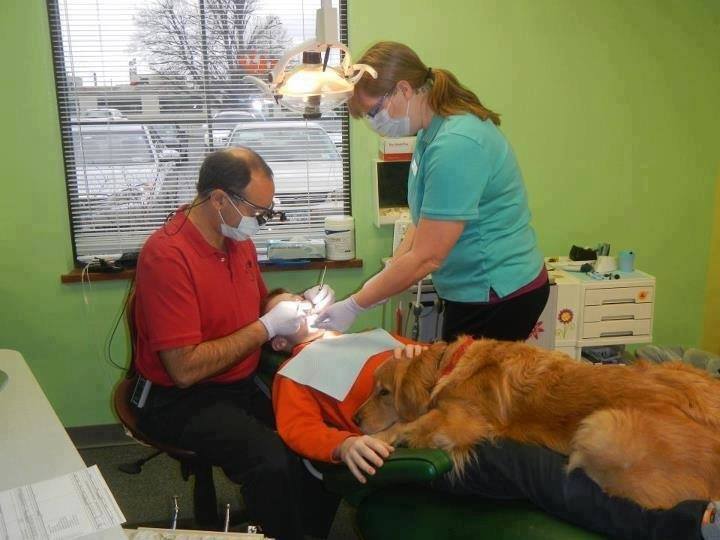
Sleep Apnea Disorder
Understanding Child Sleep Apnea: Causes, Symptoms, and Risk Factors
Child sleep apnea is a potentially serious condition that poses a significant risk to a child’s health. The condition is characterized by pauses in breathing while the child is asleep and is often accompanied by snoring, gasping, choking, or wheezing. Sleep apnea can significantly affect a child’s sleep quality, causing daytime sleepiness, behavioral problems, and poor academic performance. The condition can be caused by a variety of factors, including obesity, enlarged tonsils, asthma, allergies, and genetic predisposition.
One of the main causes of child sleep apnea is obesity. Obese children are more likely to develop sleep apnea than children who are of a healthy weight. The reason for this is that excess weight can cause fat to accumulate around the airways, narrowing them and making it more difficult for air to flow freely during sleep. This, in turn, can lead to the characteristic pauses in breathing and other symptoms associated with sleep apnea. However, obesity is just one of many potential risk factors for sleep apnea in children. Other factors that may contribute to the development of the condition include chronic allergies or asthma, structural abnormalities in the throat or mouth, and a family history of sleep apnea. Understanding the causes and risk factors associated with sleep apnea in children is essential for parents, caregivers, and medical professionals who wish to identify and treat the condition early to ensure the best possible outcomes for affected children.
Another critical aspect of identifying sleep apnea in children is understanding the symptoms associated with the condition. While snoring is an essential warning sign of sleep apnea, it is not the only symptom. In addition to snoring, parents and caregivers should watch for other signs such as pauses in breathing, gasping, or choking during sleep. Children with sleep apnea may also have difficulty waking up in the morning, experience headaches or dry mouth in the morning, and show signs of irritability or mood swings. These symptoms can affect a child’s ability to function during the day, impacting their academic and social lives as well. Identifying these symptoms early and seeking appropriate medical care can help parents ensure that their children have the best possible outcomes and can live healthy, thriving lives.
The Importance of Early Diagnosis: Recognizing Signs of Sleep Apnea in Children
Obstructive sleep apnea is a common medical condition that affects both adults and children. It occurs when the airway is blocked during sleep, causing the individual to stop breathing for a short while. While it is easily treatable, many children with sleep apnea go undiagnosed and suffer from symptoms such as snoring, restless sleep, and fatigue. Early diagnosis of sleep apnea in children could prevent further complications and improve their overall quality of life.
One of the most significant benefits of early diagnosis of sleep apnea in children is preventing long-term complications. Sleep apnea can lead to cardiovascular problems, diabetes, and behavioral issues in children. In some cases, children with untreated sleep apnea may develop abnormal facial growth due to a lack of oxygen during sleep. Early intervention and treatment can prevent these potential risks and improve the child’s health outcomes. Additionally, an early diagnosis and treatment can improve the child’s academic and social functioning, reduce daytime sleepiness, and improve overall cognitive functioning.
Conclusively, recognizing the signs of sleep apnea in children is of great importance in ensuring their well-being. Parents and healthcare providers should be vigilant of symptoms such as snoring, frequent wakings at night, and restless sleep in children. Furthermore, early detection and treatment of sleep apnea can lead to a significant improvement in a child’s physical and psycho-social outcomes and ultimately improve their quality of life. Parents should, therefore, take any suspicion of sleep apnea in their children seriously and seek medical attention promptly.
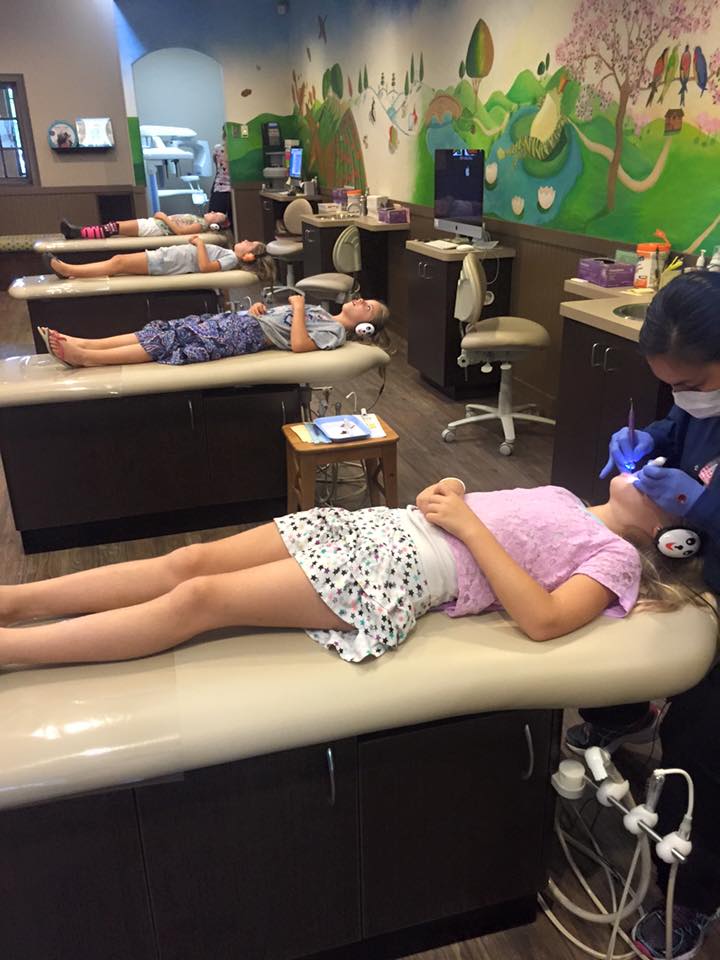
Child Sleep Apnea
Pediatric Sleep Studies: How They Help in Diagnosing Child Sleep Apnea
Pediatric sleep studies have become a significant tool in diagnosing sleep apnea in children. This medical condition is characterized by the child’s breathing repeatedly stopping and starting while asleep. Sleep apnea can cause various health problems, such as poor sleep quality, behavioral issues, and even cognitive impairment that can significantly affect a child’s development.
During a pediatric sleep study, a child is monitored through various techniques to evaluate their sleep patterns, heart rate, brain activity, breathing rate, respiratory effort, and oxygen levels. These data measurements help doctors to diagnose sleep apnea accurately. A sleep study is typically conducted overnight in a specialized sleep laboratory, where a child’s sleep state and breathing patterns are monitored by medical professionals using advanced equipment. The results of the study can help doctors decide on appropriate treatment, such as continuous positive airway pressure (CPAP), which helps to keep the airway open while the child sleeps, improving the individual’s breathing patterns, and helping a child get restful sleep need to support their overall health and development.
In conclusion, pediatric sleep studies are an essential tool in diagnosing sleep apnea in children, and they play a crucial role in deciding the right treatment for the condition. Medical professionals have found success using sleep studies to diagnose this medical condition and better understand the child’s symptoms and severity. As such, parents and caregivers must seek professional medical help if they suspect a child may have sleep apnea to enable early diagnosis and treatment. Early detection and treatment are essential to help a child’s overall developmental progress, cognitive development, academic performance, and physical and emotional health.
Non-Surgical Treatments for Child Sleep Apnea: Lifestyle Changes and Behavioral Interventions
Child sleep apnea is a serious medical condition that is characterized by a complete or partial obstruction of the airways during sleep. If left untreated, sleep apnea in children can lead to a range of health problems, including developmental and behavioral issues, as well as an increased risk of heart disease and other chronic health conditions. Fortunately, there are non-surgical treatments available that can help manage this condition and improve the overall health and quality of life of affected children.
One highly effective non-surgical treatment for child sleep apnea is lifestyle changes. This involves encouraging children to adopt healthier habits and routines that can improve their breathing patterns and reduce the severity of their symptoms. For example, parents can encourage their children to exercise regularly, which can help strengthen the muscles of the airways and reduce the occurrence of airway obstruction during sleep. Additionally, parents can help their children maintain a healthy weight by encouraging them to eat a balanced diet and limiting their consumption of sugary or fatty foods. By making these lifestyle changes, parents can help their children manage their sleep apnea symptoms and improve their overall health.
Another non-surgical treatment for child sleep apnea is behavioral interventions. This approach involves helping children develop healthier sleep habits, such as establishing a regular sleep schedule, creating a calm and relaxing sleep environment, and avoiding activities that can interfere with sleep, such as watching TV or using electronic devices before bedtime. Additionally, some children may benefit from cognitive behavioral therapy, which can help them learn new ways to cope with the symptoms of sleep apnea and improve their overall quality of life. Overall, behavioral interventions can be highly effective in managing sleep apnea symptoms and improving the sleep health of affected children.
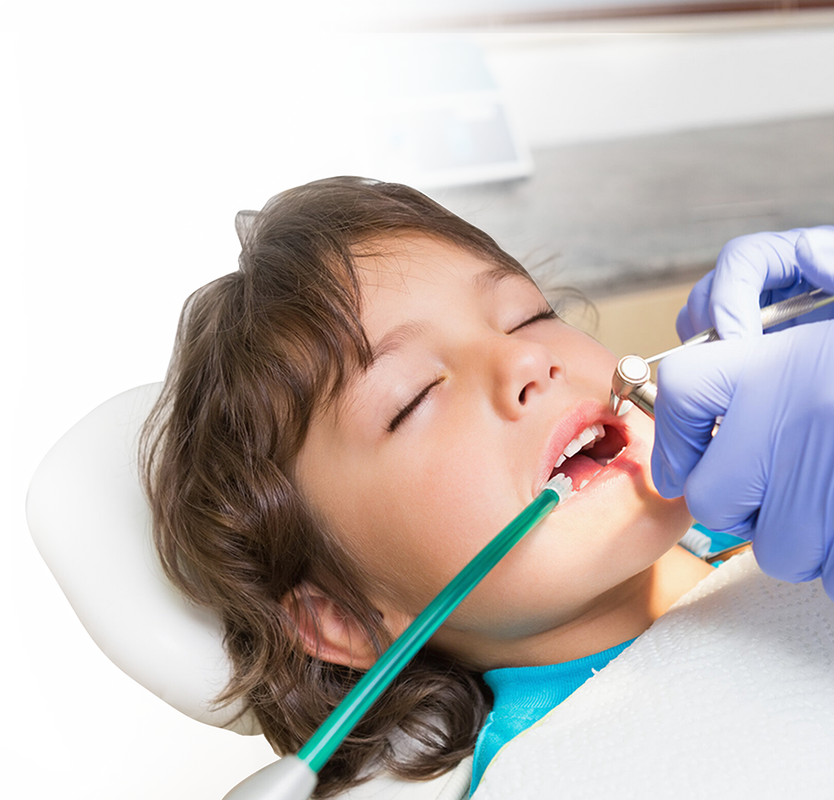
Child Sleep Apnea Treatment
Continuous Positive Airway Pressure (CPAP) Therapy: A Common Treatment for Child Sleep Apnea
Continuous Positive Airway Pressure (CPAP) therapy is a common treatment for child sleep apnea, which is a condition that affects the child’s breathing during sleep. This treatment involves the use of a mask that covers the nose and/or mouth to deliver continuous air pressure to keep the airways open. CPAP therapy has become an increasingly popular method for treating sleep apnea in children because it is non-invasive and has been proven to be effective.
Research has shown that CPAP therapy can significantly improve the quality of life of children who suffer from sleep apnea by reducing symptoms such as snoring, gasping for air, and daytime fatigue. This treatment is particularly effective in treating obstructive sleep apnea (OSA) in children, which is caused by the partial or complete blockage of the airway during sleep. The use of CPAP therapy has been shown to improve the overall health of children by reducing the risk of cardiovascular disease, improving cognitive function, and enhancing physical performance. Additionally, CPAP therapy is an effective treatment for pediatric obesity, which is a risk factor for sleep apnea.
In conclusion, CPAP therapy is a safe and effective treatment for child sleep apnea. Parents need to be aware of the warning signs and symptoms of sleep apnea in children, which include snoring, gasping for air during sleep, and daytime sleepiness. If left untreated, sleep apnea can lead to a range of health problems, including cardiovascular disease, cognitive impairment, and behavioral issues. CPAP therapy has been proven to improve the quality of life of children suffering from sleep apnea and should be considered as a viable treatment option.
Surgical Options for Child Sleep Apnea: Exploring the Procedures
Sleep apnea is a significant issue that can be especially prevalent in children. It is a common condition that often goes undiagnosed, leading to a range of negative health outcomes such as behavioral problems, poor academic performance, and even cardiovascular disease. Surgical options are one of the most effective ways to treat this condition and can provide much-needed relief for both pediatric patients and their families.
One of the most common surgical options for pediatric sleep apnea is adenotonsillectomy. This procedure involves removing both the adenoids and the tonsils, which can be a significant source of airway obstruction for children with sleep apnea. Adenotonsillectomy is successful in the majority of cases and has been shown to lead to complete resolution of symptoms in up to 80% of children. While the procedure is relatively straightforward and has a low risk of complications, it is important that parents and caregivers closely follow their doctor’s post-operative instructions to ensure a speedy and successful recovery.
Another surgical option for pediatric sleep apnea is maxillomandibular advancement. This procedure involves moving the upper and lower jaws forward, which can help to open up the airway and improve breathing during sleep. While maxillomandibular advancement is more involved than adenotonsillectomy and requires a longer recovery period, it may be the best option for children with skeletal abnormalities that contribute to their sleep apnea. This procedure is highly effective in improving breathing and reducing symptoms of sleep apnea. However, it is important to note that maxillomandibular advancement is a more complex procedure that requires specialized training and experience and should only be performed by an experienced and qualified surgeon.
In conclusion, understanding a child’s sleep apnea is crucial for parents and caregivers. By knowing the causes, symptoms, and risk factors of this condition, they can identify potential signs in their child and seek early diagnosis. The importance of recognizing these signs cannot be stressed enough as it can lead to effective treatment and better overall oral health for the child. For those who suspect their child may have sleep apnea, pediatric sleep studies are invaluable tools in confirming a diagnosis. Moreover, non-surgical treatments such as lifestyle changes and behavioral interventions can greatly improve a child’s sleep apnea without the need for invasive procedures. However, for severe cases where alternative methods have been unsuccessful, surgical options should be explored with caution and under the guidance of a medical professional. It is reassuring to know that there are various treatment options available to alleviate the symptoms of child sleep apnea and improve their quality of life. As always, consult with a healthcare provider for individualized recommendations for your child’s specific needs. Remember, proper diagnosis and intervention can make all the difference in helping your child achieve restful nights and optimal health. Let’s work towards spreading awareness about this common but often overlooked condition in children so that more families can benefit from early detection and effective management techniques.
Evergreen Pediatric Dentistry
https://www.google.com/maps?cid=14720788683151219551
12910 Totem Lake Blvd NE #103, Kirkland, WA 98034, United States
(425) 814-3196
https://evergreenkidsdentist.com/
